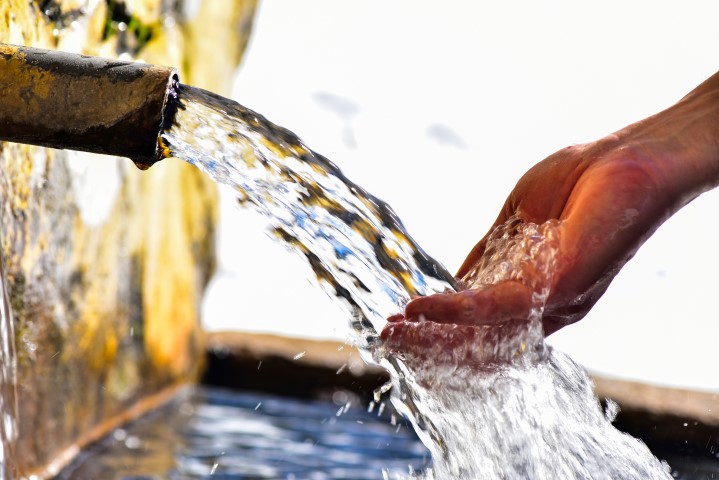When it comes to lead poisoning, most people should be aware of the most common risk factors. For instance, lead-based paint in homes that were built before 1978 is one of the most common sources of large amount of it.
However, those sources are not the only ways a person can inhale a harmful amount of lead. Aside from the usual suspects, here are a few surprising sources of lead you should be aware of, especially when it comes to protecting children.
Water
Corrosion in plumbing can lead to significant amounts of lead seeping into a building’s water supply. It wasn’t until 1986 that lead-based soldering was banned in plumbing, and so any building built before this date is potentially at risk for having lead in the water.
Lead in the drinking water can be particularly troublesome in schools. So many schools were built prior to 1986, and if those schools don’t have money in the budget for renovations, the plumbing system can’t be updated. As a result, students who sip from the drinking fountain at their school are potentially at risk.
Toys
It’s possible for both the paint and plastic in toys to contain lead. This is particularly true with foreign-made toys, as it can be more difficult to confirm how they were made. It’s also true for older toys, especially ones that were made with cheap paint that may be starting to peel. If children have lead-contaminated toys in their hands and mouth on a regular basis, it can be quite damaging to their health.
Food
Eating food from certain types of bowls can be potentially harmful. It’s common for food to be stored in or served on pottery, china, or crystal that has been tainted with lead. These items are usually imported or made in a pottery class, and while they may look nice, they can also contaminate your food with lead.
It’s also possible for a food’s packaging to contaminate it with lead. Generally, the more preparation, packing, and storage food receives before making it to your plate, the more likely it is to be tainted with at least some lead. Canned foods that are imported may be the most susceptible to lead contamination, especially with foods that are more acidic.
Even fresh fruits and vegetables can contain lead. It’s possible for the soil in which the food was grown to be tainted with lead from fuel exhaust or dust from lead-based paint. If food is grown adjacent to a lot of automobile traffic, lead contamination is possible.
Candy
Sadly, some types of candy may have been exposed to lead while they were being produced, putting the consumer at risk just for indulging their sweet tooth. Candy that contains products like tamarind or chili powder may have dangerously high levels of lead.
For the most part, candy that’s potentially contaminated with lead comes from Mexico or certain Asian countries, including China and India. However, it’s difficult to confirm what types of candy may have been contaminated and what types are perfectly safe because the issue is related to the way certain ingredients were stored or processed.
Jewelry
Jewelry that’s on the cheap side has been known to test positive for lead. This is far more common than you think with the kind of jewelry found in vending machines. This is particularly troubling, as these types of items are usually geared towards children, who are the most susceptible to lead poisoning.
It’s usually best to keep jewelry away from children, especially jewelry from a vending machine or a discount store. If a child puts a piece of jewelry in their mouth, they could end up ingesting a large amount of lead. Even jewelry that’s marketed towards adults, such as costume jewelry, poses a danger, as it may contain a significant amount of lead.


